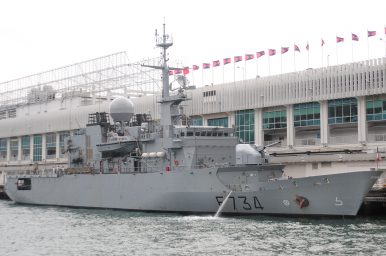 After 26 years in operation, India’s Jet Airways had its final flight last week, following a refusal by lenders for emergency funding. The lenders’ action came as a result of a string of missed debt-servicing payments by the airline and disagreement over whether it could be revived under the management of its founder and 51% equity owner, Naresh Goyal.
After 26 years in operation, India’s Jet Airways had its final flight last week, following a refusal by lenders for emergency funding. The lenders’ action came as a result of a string of missed debt-servicing payments by the airline and disagreement over whether it could be revived under the management of its founder and 51% equity owner, Naresh Goyal.
Jet Airways had also missed payments to aircraft leasing companies, which led to the grounding of about two-thirds of its 121-strong fleet in March. The airline posted a loss of Rs. 588 crores ($86 million) on revenues of Rs. 6,198 crore ($911 million) in the quarter ended December 2018, its fourth consecutive quarter in the red. Jet’s 15% share of the Indian civil aviation market is up for grabs by rivals, while the fate of its 22,000 employees remains uncertain.














/arc-anglerfish-arc2-prod-mco.s3.amazonaws.com/public/PVBSGFPEURG43OMLBEF4AGLDEY.jpg)



